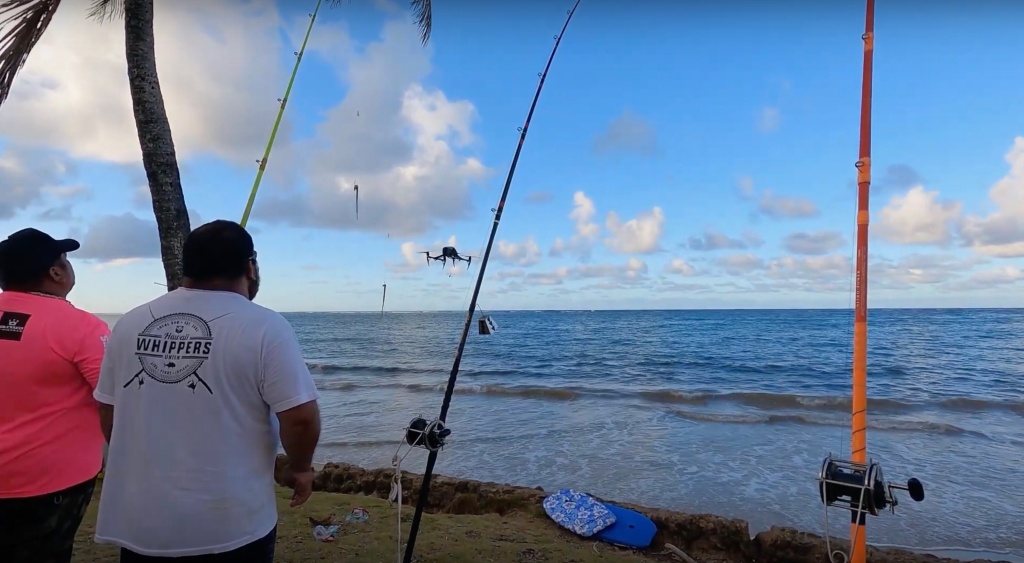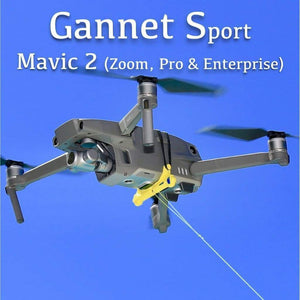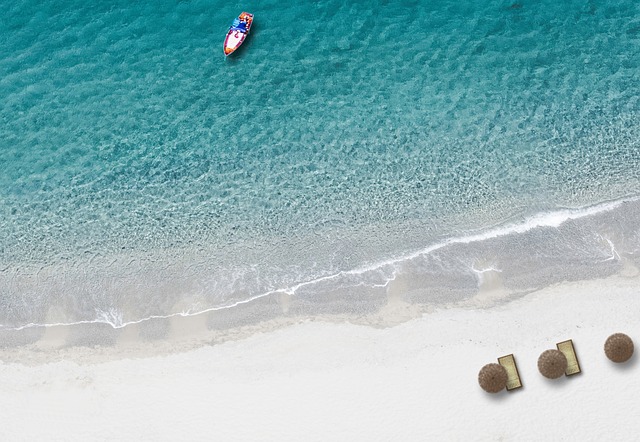
If you are an avid fisherman who lives in Australia, you may be able to use a drone and get an aerial view around the waters. The drones can be equipped with a variety of features, including a GPS positioning system, a GPS receiver, a GPS receiver, a GPS payload release, and an angle adjustable camera. Fishing lines can be purchased that are extremely stable and secure. One example is the SKY RIGGER drone.
SKY RIGGER is an unmanned fishing line.
The SKY RIGGER, a flexible fishing system for drones, allows you fish from the air using minimal effort. Two rotating leg clamps allow the system to be attached to a variety of drone models. The release mechanism includes a bayonet connector and a cam-lock arm, which allows you to quickly unlock the line clamps. Sky RIGGER, unlike other drones requires no batteries and can handle all fishing techniques safely.
For when a fish strikes your fly, the SKY RIGGER features an automatic release mechanism. You can also manually let go of the line by using your rod or hand. This feature can be found on all models. It is highly recommended to buy a Phantom 3 first before purchasing the new SKY RIGGER. Here are some pros and cons to the new line system.
It features a mechanical payload release
A drone with a mechanical payload release system is one of the most important aspects. Many drones have a release mechanism that allows the angler to easily remove the fishing line. However, some models do not have a release mechanism. Instead, the user must "yank" the fishing line to release the drone from the line. This can be awkward, especially for people who don't like using their hands to release line.

A payload release mechanism is also an important feature. When a fish strikes, the payload must be able release the line from the drone. This method is not easy to use. You can't just pull the fish up and let it go. Many people have experienced good results using the DJI Phantom drone. However, this technology has not yet reached the level of fishing drones that are available on the market.
It features a GPS positioning device
Rippton is a joint venture of Australia and Holland that specializes exclusively in technology-oriented fishing gear. Its goal is improve anglers' success by creating products that enhance the fishing experience. Rippton’s Mobula drone comes with a GPS position system and remote release. The Mobula is able to hold bait on the surface, resist kite clips and is environmentally friendly.
It's lightweight, weighing just 3 pounds, and can fly for up to 18 minutes. It is also equipped with a high-tech GPS system that allows it to control it from up to 2,000 yards away. The range is 1000 meters or half a miles. Intelligent flight modes are also available. The point of interest feature allows it to take high-quality photos of its surroundings. You can enjoy stunning views of fish through its high-resolution lens.
It has a failsafe feature
Aerokontiki's fisherman drone has a failsafe function: It monitors battery levels and releases fishing line when necessary. In case of battery failure, it will land back on dry ground to continue its mission. It can be operated anywhere with its industrial-grade flight control system. You can use this drone even in very difficult water conditions.

FAQ
What are the rules of operation for drones?
The FAA will require you to register your drone. The registration process involves providing information about your drone, such as its weight, size, battery power, and frequency. This registration process requires that you obtain an FAA identification code.
What is the difference in a quadcopter from a hexacopter.
Quadcopters are four-rotor helicopters that fly like traditional helicopters. It has four rotating rotors. The hexacopter can be described as a quadcopter but has six rotors, instead of the usual four. Hexacopters offer more maneuverability and stability than quadcopters.
Can I fly my drone at my local park?
Yes, drones can be flown in parks around the world. However, some countries do not allow flying drones at parks due to safety concerns. You can fly drones legally in these places.
Is it safe and legal to fly a drone when driving?
Driving a drone is dangerous, as it could cause an accident or crash into another vehicle. You may also run into pedestrians and other animals. In addition, you could damage your car by hitting power lines, trees, or buildings.
Is it a crime to fly drones?
Yes, flying drones can be illegal in certain countries. These include Australia, Canada. Germany, Japan. New Zealand. Singapore. South Korea. The United Kingdom. It is legal in countries such as France, Italy Netherlands, Poland and Russia.
Statistics
- According to Indeed, a drone pilot gets paid $25.73 per hour on average in the US. (dronesgator.com)
- According to industry research from ZipRecruiter , there are 10 cities where the typical salary for a Drone Pilot job is above the national average. (dronesgator.com)
- According to ZipRecruiter, the minimum hourly wage of drone pilots is $20. (thedroneu.com)
External Links
How To
How to Fly Drones at a Beginning Level
A drone is an unmanned aerial vehicle that can be remotely controlled and used for surveillance, aerial photography, film production, research, and other hobby purposes. Drone technology has existed since World War II. DJI introduced their Phantom series of quadcopters in 2010, but commercial use only began in 2010. From beginner-friendly drones such as Parrot AR Drone 2.0 through professional-grade multirotor craft like DJI Mavic Pro, many types have been available.
There are many ways to fly a drone.
-
Remote control - This allows you to control the drone from your hand. There are two main types of controllers: On/Off switches (like a radio) and joysticks.
-
Manual Control – This allows remote operation of the drone via GPS coordinates using a smartphone application. The app will provide instructions and help you to locate the drone.
-
Autonomous Flight – This is when the drone handles all the piloting tasks. It's basically flying autonomously without any human intervention. A drone must have a builtin camera and sensors capable to capture images and other data.
-
Triggered flight - This is similar to manual control except that the pilot sets up a preprogrammed route and the drone follows the route until it reaches its destination. After the program is complete, the drone automatically returns to the ground.
-
Landing Gear - Some drones come equipped with landing gear that allows them to land safely if they lose power or run out of battery during flight.
-
Goggles - Some pilots wear goggles to protect themselves from debris while operating.
-
Camera - You can capture photos and videos with your drone from the air.
-
Obstacles: Some drones are equipped with obstacle avoidance systems to prevent them from hitting obstacles.
-
Speed – Some drones can reach speeds in excess of 40 mph.
-
Battery Life – Most drones will last 20 minutes to three hours depending on how powerful they are.
-
Some drones are capable of traveling up to 30 miles depending upon their make and model.
-
Power source - Not all drones can use an external power source. Others can run on internal batteries.
-
Weight - Some drones weigh less than 1 pound, whereas other models weigh up to 4 pounds.
-
Size - From small drones that can be carried in the palm of one's hand to larger drones that weigh over 50 pounds, drones come in a variety of sizes.
-
Price – All drones fall into a price category. These range from expensive models that cost thousands to affordable options that start at 100 dollars.